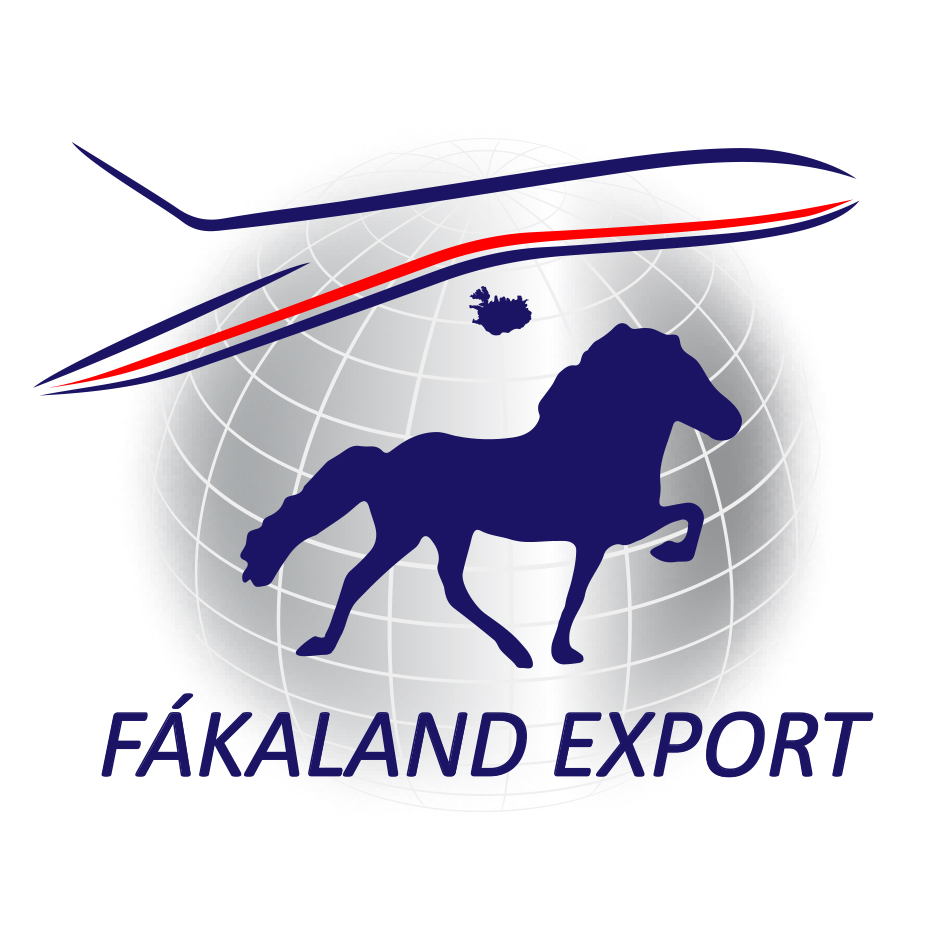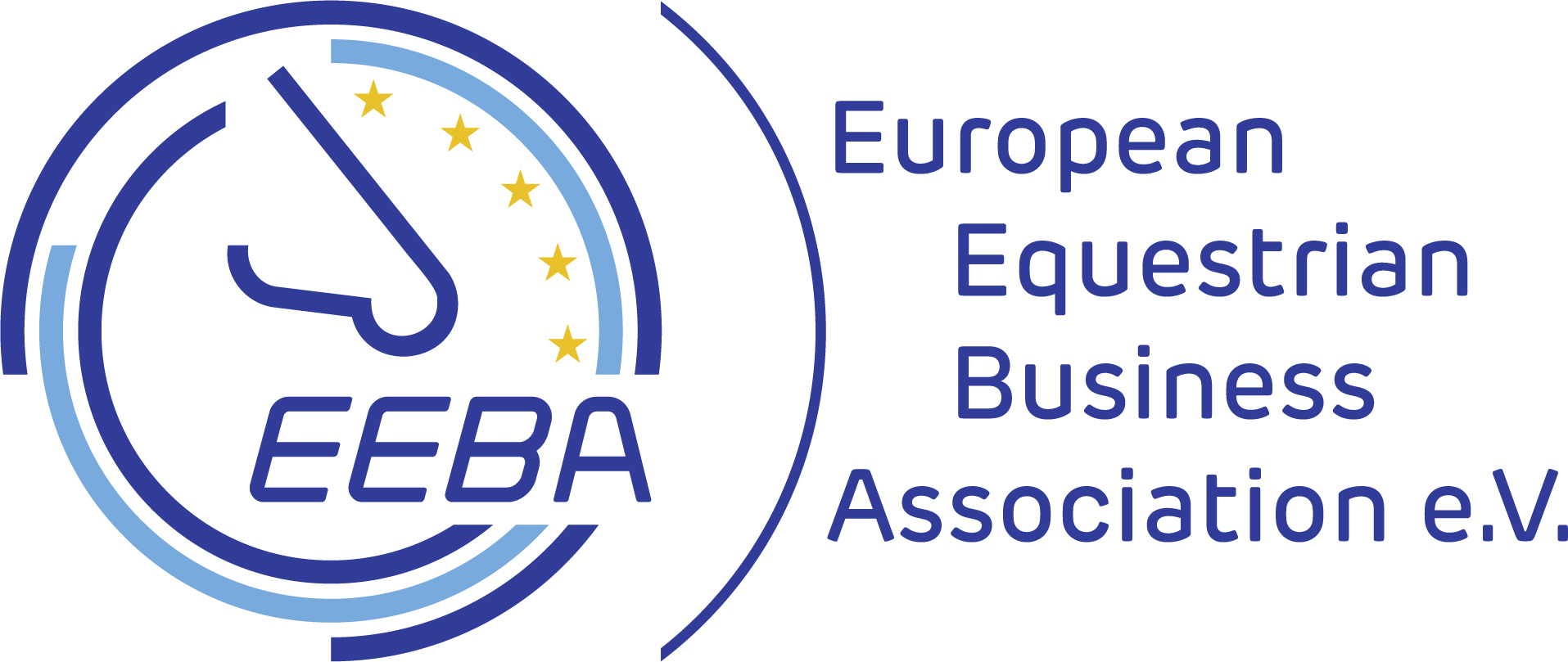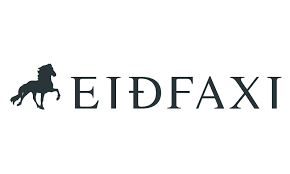Although the commonly known statement “a good horse has no colour” is true to a degree, people often have their favourites and will discuss the range of characteristics of colours to much depth.
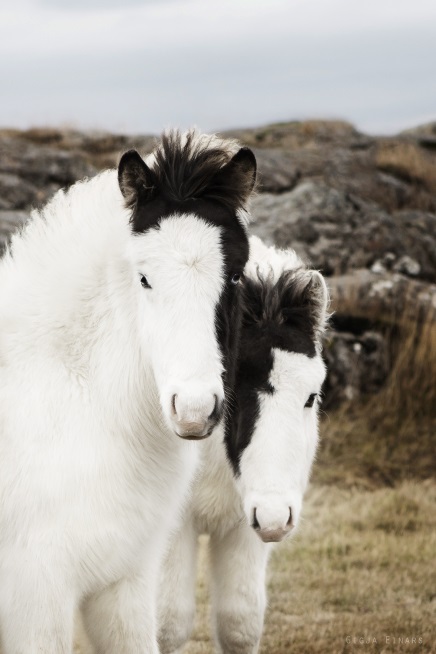
COLOURS AND GENETICS
The rarest colour found in Icelandic horses is the colour-changing roan. The most common are red (chestnut) and black (brown). All horses have one of the three basic colours, black, red/chestnut or bay. Black horses can be either heterozygote – containing both the red and black genes – or fully black, where red offspring would be impossible. The red base colour comes when both parents give the red gene, but it is not a dominant gene, meaning it only shows as red when in homozygote state, that is, when inherited from both parents. Therefore, if both parents are red, the foal can only be red.
VARIATIONS OF COLOUR
On top of these base colours come all the variations, like skewbald, dun, palomino, grey, silver dapple, splash-skewbald and roan. These can often also be combined so the same horse can have a black base colour, but have both the dun gene and the silver dapple gene, making the outcome much lighter than the base colour prescribes. Grey can come on top of all colours and basically means that the horses turn white with age.
The silver dapple gene is hidden in the red base colour, so although not shown, it can be present and inheritable. In bay and black base colours, it lightens the mane and tail as well as the body to some degree, causing the famous “chocolate colour” when the base colour is black. A link has been found between a specific eye disease and this gene, sometimes causing trouble, especially when in homozygote state.
Icelandic roans are often called colour-changers, because the horses with this gene show their “real” colour in summer coat as well as in full winter coat, but in spring and autumn the middle layer in their coat has no colour, and is, in other words, white.
On top of all this, multiple add-ons such as a blaze, star, snip, white leg or other marks can also be found, making each horse as unique on the outside as on the inside.
-
Gaits
The horses of Iceland are a so called “gaited horse” breed, meaning that besides walk, trot and canter/gallop that all horses posses, the Icelandics also have two more to offer. Read more -
Colours
Icelandic horses have probably the biggest colour variation of any horse breed in the world! Read more -
Character
The Icelandic horse is world wide known for it’s genuine and welcoming character; friendly yet also powerful! Read more -
Breeding
The official breeding goal of Icelandic horses is a healthy, fertile and durable riding horse, a robust and yet elegant Icelandic horse with excellent five gaits! Read more




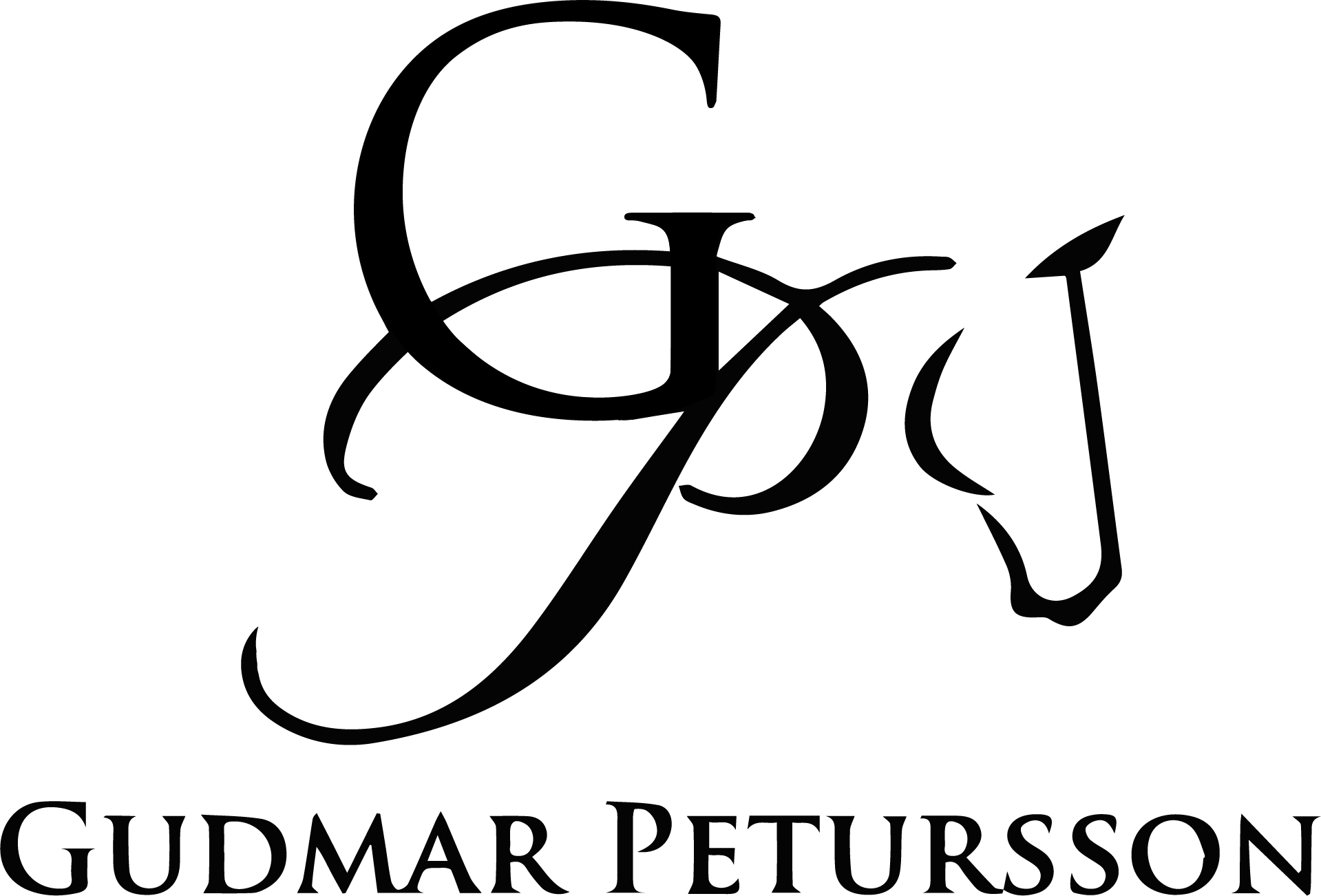
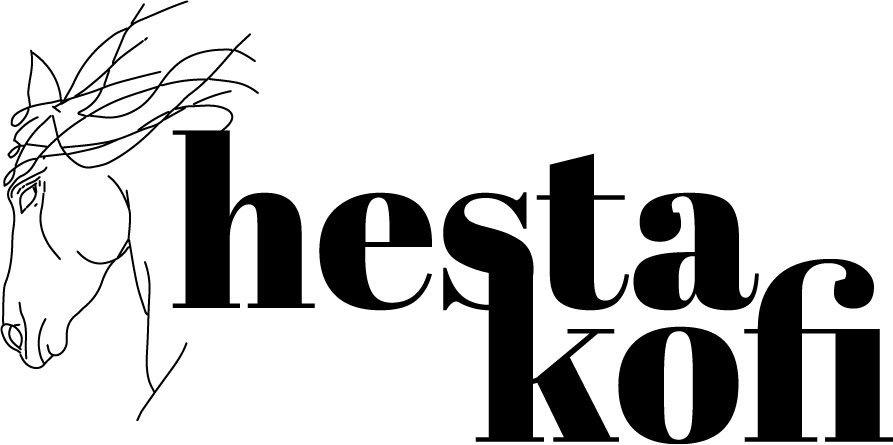
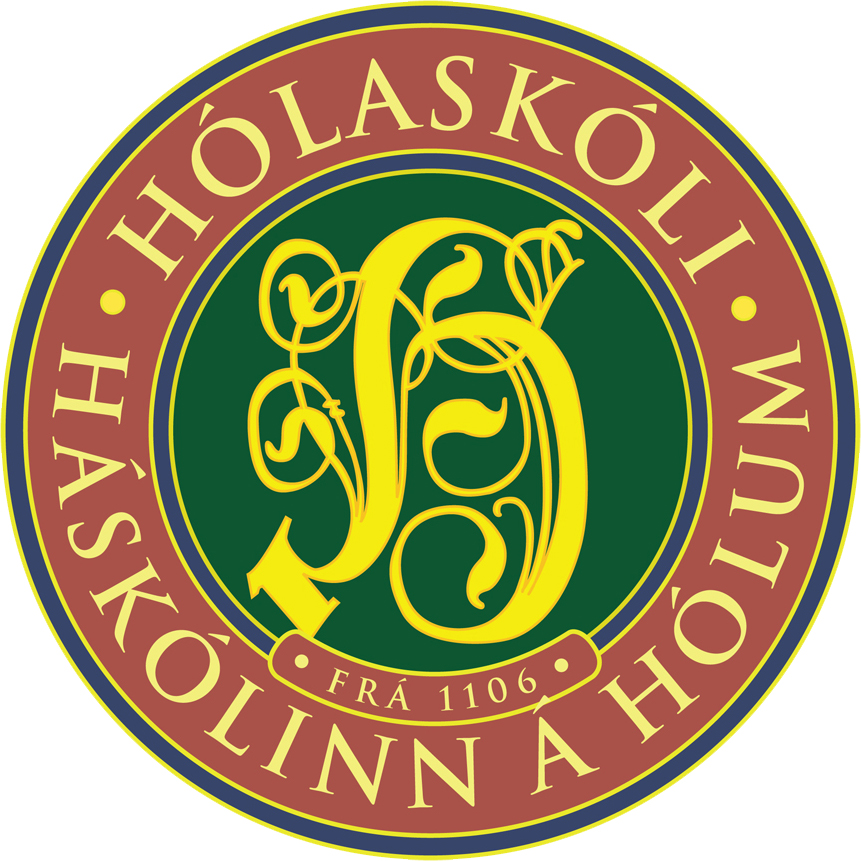



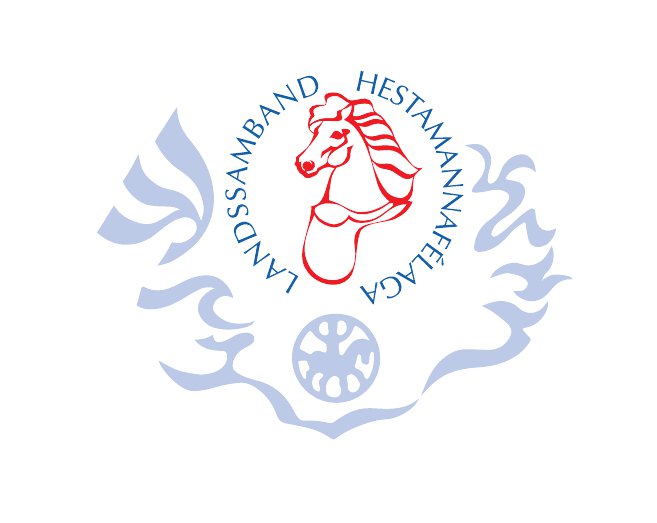

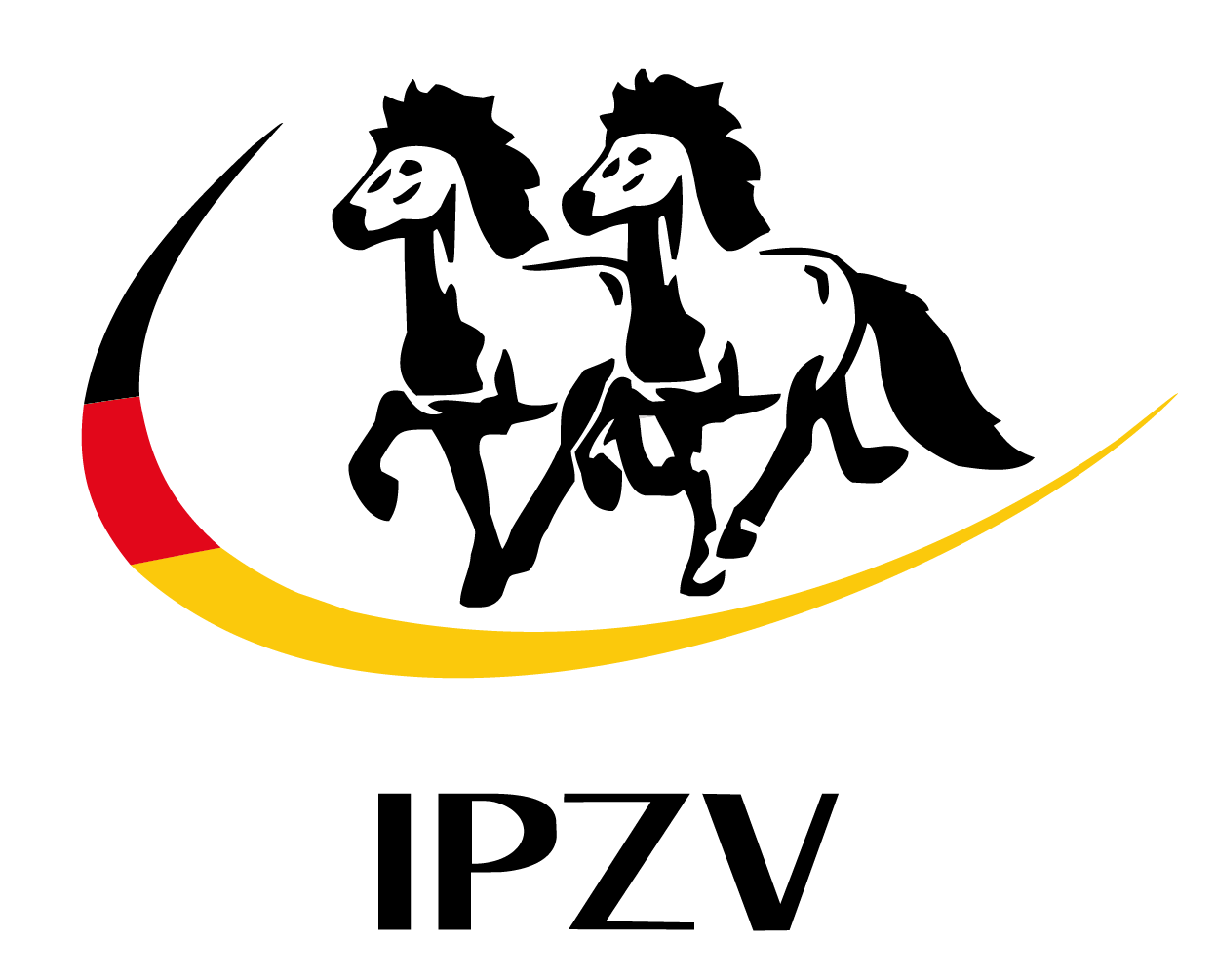

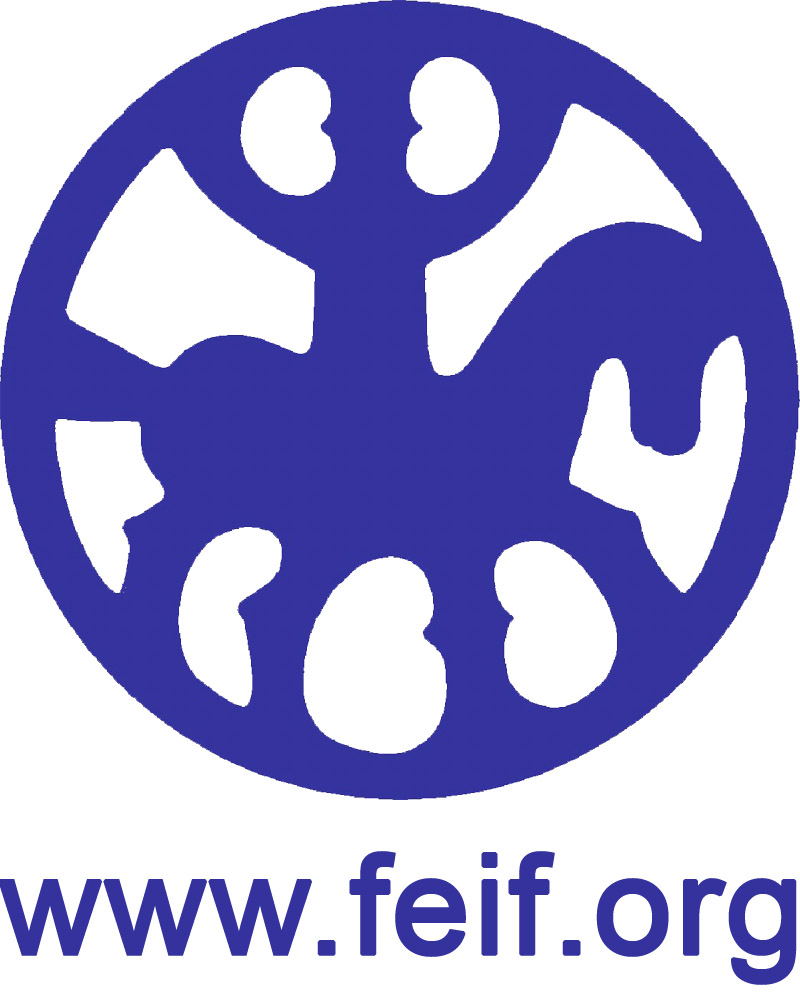
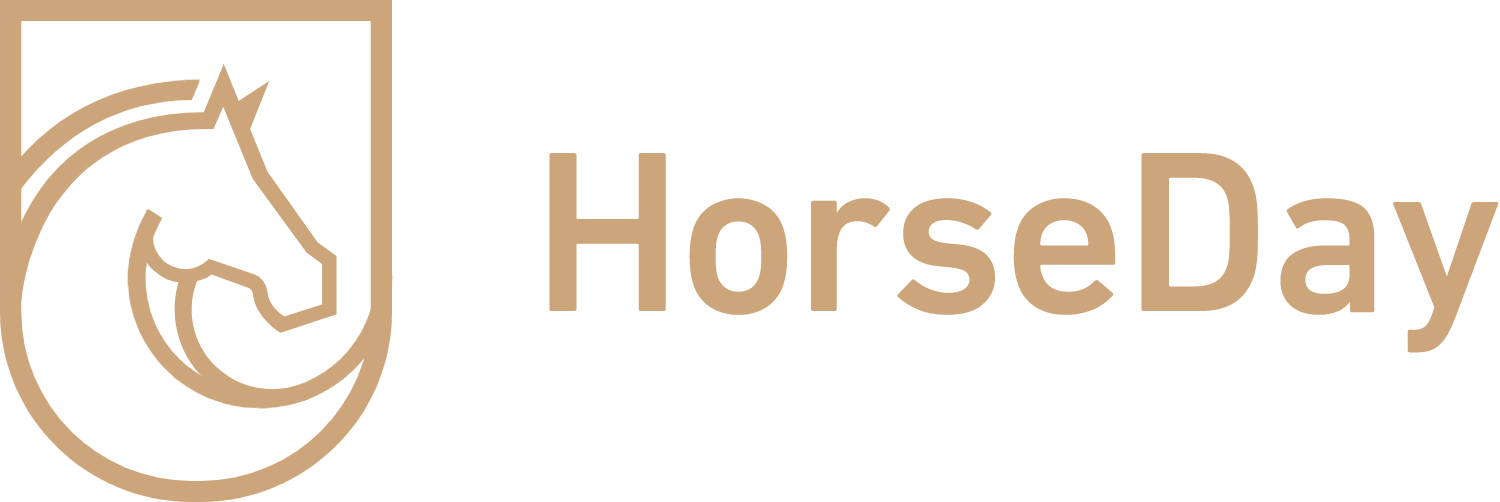
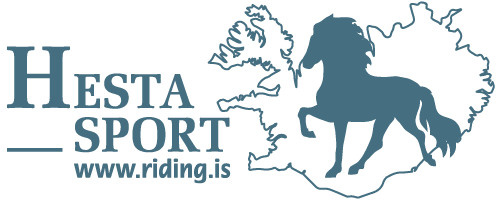


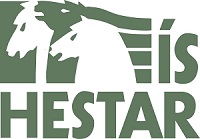

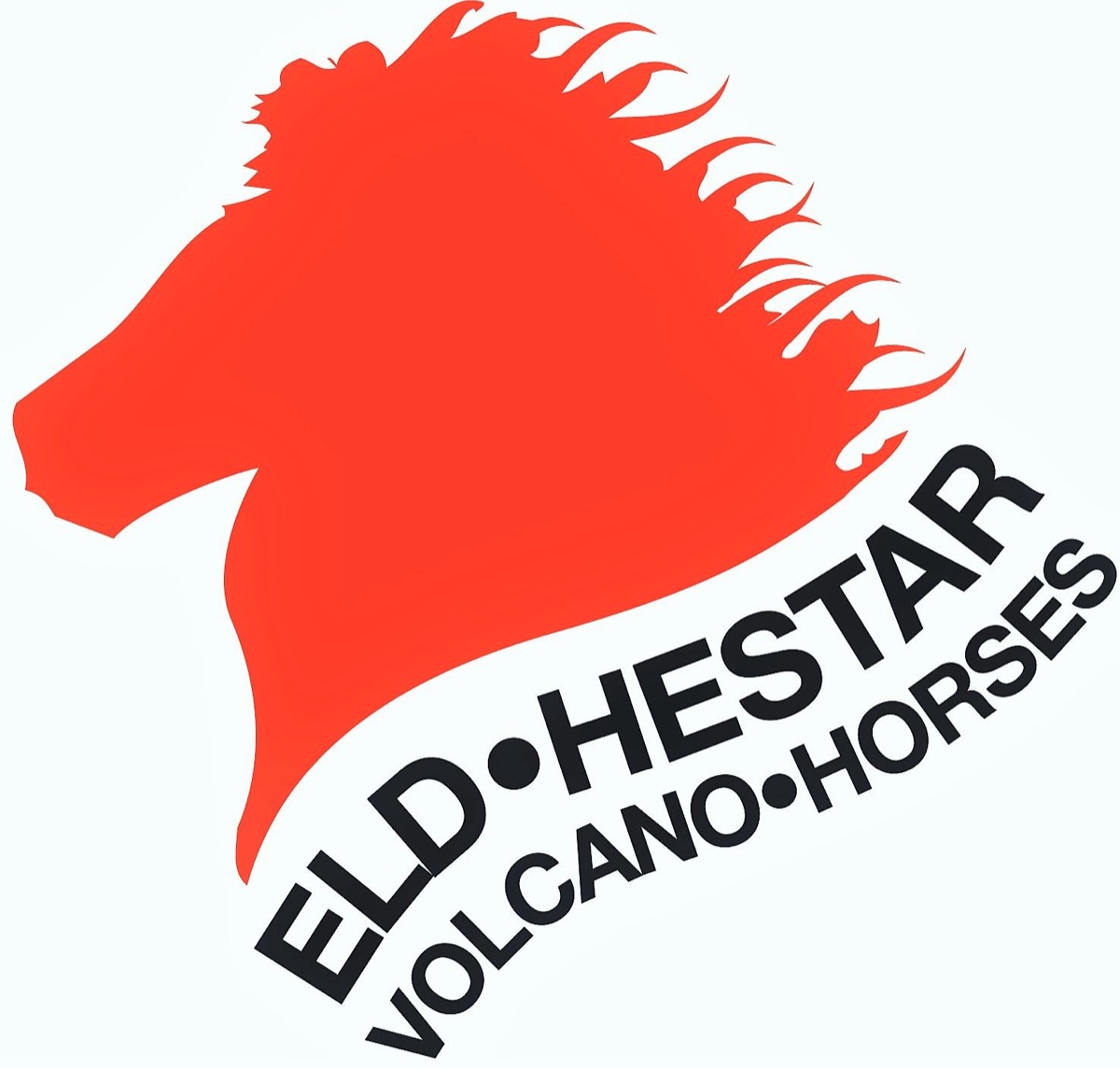
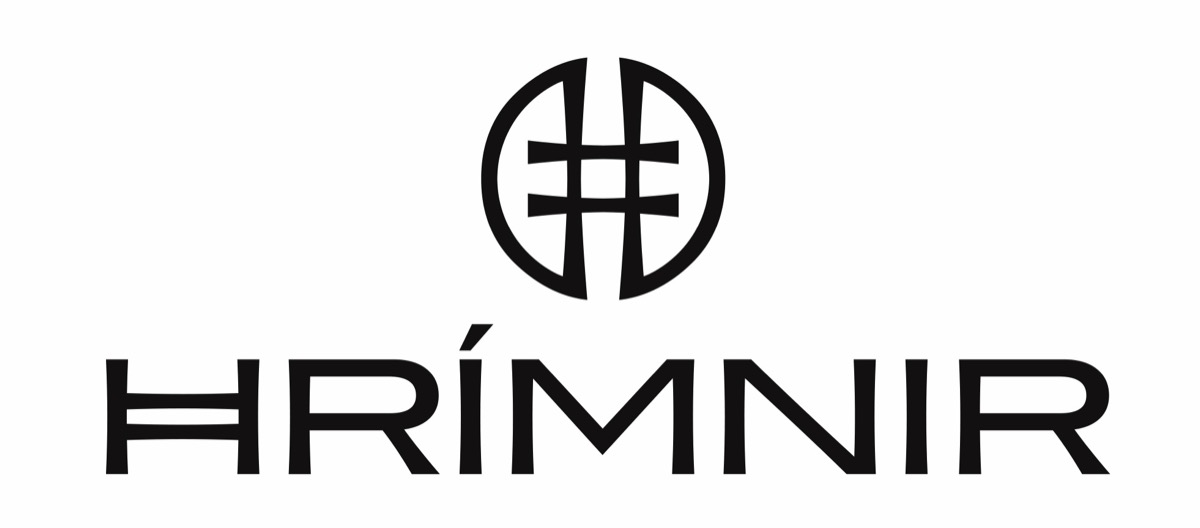

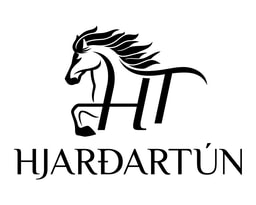
-1.jpg)
